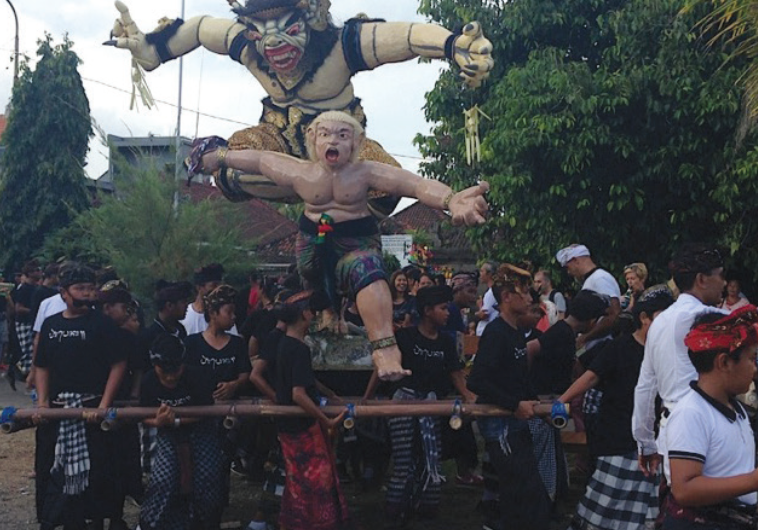Travels in Bali, part II – hiding from the evil spirits
Nyepi usually falls sometime in March, which is the rainy season and the quietest month for tourism.
 OGOH-OGOH, a towering effigy of demons and evil spirits, is carried down the street in Uluwatu.(photo credit: JANE MEDVED)
OGOH-OGOH, a towering effigy of demons and evil spirits, is carried down the street in Uluwatu.(photo credit: JANE MEDVED)